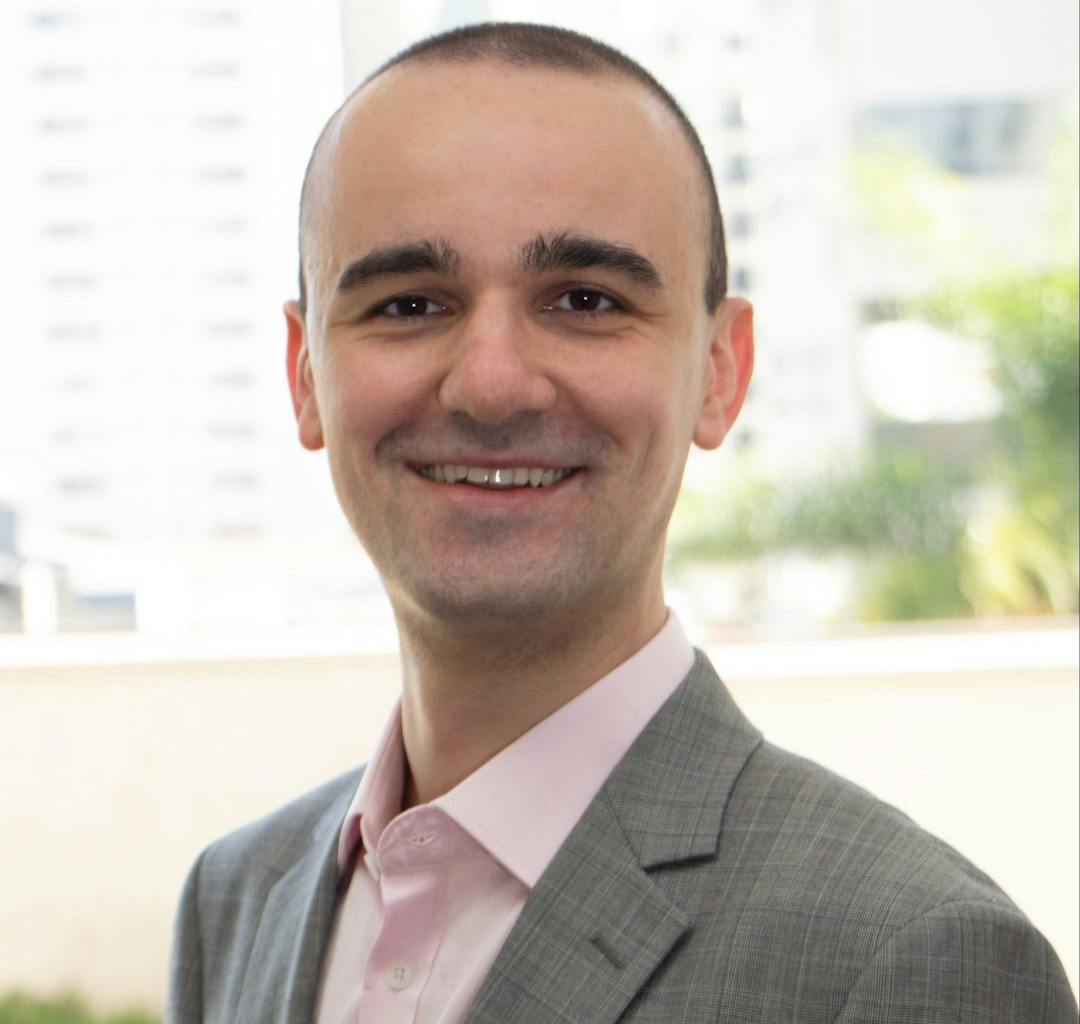Much Ado About Nothing: Remote Work and Burnout
Based on data from labor surveys, the International Labour Organization (ILO) estimates that 7.9% of the world’s workforce were permanently working from home prior to the COVID-19 pandemic, which accounts for roughly 260 million people.1 But this number may rise to something between 25–30% by the end of 2021, according to Kate Lister, President of Global Workplace Analytics.2
The huge shift from offices to homes, especially among those who had previously never teleworked, has caused innumerable changes both to the ways we work and how we perceive work. And as working hours continue to plummet—by 18.3% in the Americas, 13.9% in Europe and Central Asia, 13.5% in Asia and the Pacific, and 12.1% in Africa3—with the equivalent of 400 million full-time jobs estimated to have been lost worldwide, many employees feel increasingly apprehensive about their own permanence.
The paradox of remote work
This uncertainty, and the anxiety it produces, causes many of us to think about work during moments where we should be dedicating our full attention to something (or someone) else. What appeared, at first glance, to be a rare opportunity to work from anywhere, anytime, has become a stressful situation. As Barry Schwartz states: “Once people are in the position to be able to work at any time from any place, they face decisions every minute of every day about whether or not to be working.”4
“Thinking about work often means stressing about work,” declares Rebecca Zucker, an Executive Coach.5 As we spend our days dividing our attention between whatever we are doing in the moment, such as playing with our kids—they, too, locked down at home and away from school—and worrying about pending tasks in our professional context, we end up unable to fully accomplish either of these two goals.
Effects vary from negative impacts on cognitive functions (such as critical thinking, problem-solving, planning, and organization) to an unproductive routine: for example, we give up precious hours participating in our children’s development because we are occupied with work-related thoughts, or else become frustrated that we can’t resume work right away and address the issues we are thinking about.
References
- International Labour Organization. (2020). Working from home: estimating the worldwide potential. Report retrieved from: https://www.ilo.org/wcmsp5/groups/public/—ed_protect/—protrav/—travail/documents/briefingnote/wcms_743447.pdf
- Global Workplace Analytics. (2020). Work-at-home after Covid-19 – our forecast. Retrieved from: https://globalworkplaceanalytics.com/work-at-home-after-covid-19-our-forecast
- United Nations. (2020). Hard times forecast for global job recovery in 2020, warns UN labour agency chief. Retrieved from: https://news.un.org/en/story/2020/06/1067432
- Schwartz, B. (2016). The paradox of choice: why more is less, Revised edition. New York: Ecco.
- Zucker, R. (2019). How to stop thinking about work at 3 am. Articled published at Harvard Business Review, Dec 19. Retrieved from: https://hbr.org/2019/12/how-to-stop-thinking-about-work-at-3am
- Han, B. (2015). The burnout society. California: Stanford Briefs.
- Giurge, L., Whillans, A. V., & West, C. (2020). Why time poverty matters for individuals, organisations and nations. Nature Human Behaviour. 4. 10.1038/s41562-020-0920-z.
- Korn Ferry Institute. (2018). Workplace stress continues to mount. Survey retrieved from: https://www.kornferry.com/insights/articles/workplace-stress-motivation
- Hsee, C. K., Yang, A. X., & Wang, L. (2010). Idleness aversion and the need for justifiable busyness. Psychological science, 21(7), 926–930. https://doi.org/10.1177/0956797610374738
- Whillans, A.V. (2019). Time for happiness: Why the pursuit of money isn’t bringing you joy – and what will. Harvard Business Review.
- Whillans, A. V. (2019, June). A simple strategy for happiness [Video]. TEDx Talks. https://www.youtube.com/watch?v=C36WaLcHpEY
- Scullin, M. K., Krueger, M. L., Ballard, H. K., Pruett, N., & Bliwise, D. L. (2018). The effects of bedtime writing on difficulty falling asleep: A polysomnographic study comparing to-do lists and completed activity lists. Journal of Experimental Psychology: General, 147(1), 139–146. https://doi.org/10.1037/xge0000374
- Mark, G., Gonzalez, V. M., & Harris, J. (2005). No task left behind? examining the nature of fragmented work. In Proceedings of the SIGCHI Conference on Human Factors in Computing Systems (CHI ’05). Association for Computing Machinery, New York, NY, USA, 321–330. DOI: https://doi.org/10.1145/1054972.1055017
- Whillans, A. V. (2020). Time smart: how to reclaim your time and live a happier life. Harvard Business Press.
About the Author
Tiago Rodrigo
Tiago is a Behavioral Economist and Managing Partner at Arquitetura RH. He has a background in complex and multicultural IT projects, and uses Design Sprints to bring together innovation and behavioral design. In Brazil, he co-leads a lab in São Paulo, where he organizes discussions and implements nudges to help organizations improve choice architecture in digital products, financial awareness among young professionals, and security in industrial contexts.
About us
We are the leading applied research & innovation consultancy
Our insights are leveraged by the most ambitious organizations
“
I was blown away with their application and translation of behavioral science into practice. They took a very complex ecosystem and created a series of interventions using an innovative mix of the latest research and creative client co-creation. I was so impressed at the final product they created, which was hugely comprehensive despite the large scope of the client being of the world's most far-reaching and best known consumer brands. I'm excited to see what we can create together in the future.
Heather McKee
BEHAVIORAL SCIENTIST
GLOBAL COFFEEHOUSE CHAIN PROJECT
OUR CLIENT SUCCESS
$0M
Annual Revenue Increase
By launching a behavioral science practice at the core of the organization, we helped one of the largest insurers in North America realize $30M increase in annual revenue.
0%
Increase in Monthly Users
By redesigning North America's first national digital platform for mental health, we achieved a 52% lift in monthly users and an 83% improvement on clinical assessment.
0%
Reduction In Design Time
By designing a new process and getting buy-in from the C-Suite team, we helped one of the largest smartphone manufacturers in the world reduce software design time by 75%.
0%
Reduction in Client Drop-Off
By implementing targeted nudges based on proactive interventions, we reduced drop-off rates for 450,000 clients belonging to USA's oldest debt consolidation organizations by 46%




















